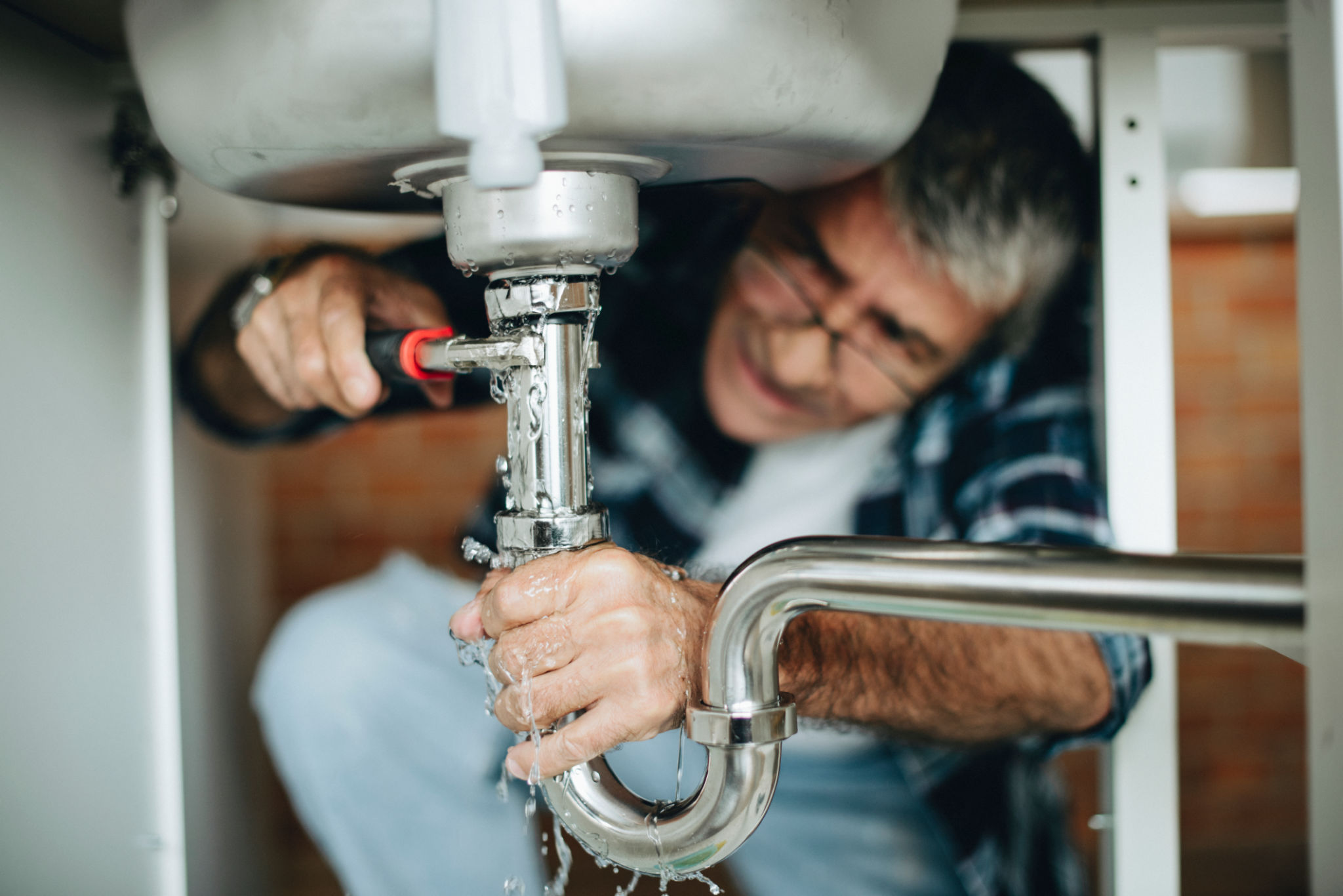Common Myths About Backflow Prevention Debunked
Understanding Backflow Prevention
Backflow prevention is a critical aspect of maintaining a safe and clean water supply. Unfortunately, there are many myths surrounding this topic that can lead to misunderstandings and, ultimately, unsafe practices. In this article, we aim to debunk some of the most common myths about backflow prevention to help ensure that your water remains uncontaminated.

Myth 1: Backflow Prevention Devices Are Only Necessary for Large Buildings
One of the most persistent myths is that backflow prevention devices are only needed for large commercial buildings. This is entirely false. Residential properties also require backflow prevention to protect the municipal water supply from contamination. Whether you're in a single-family home or a high-rise building, installing a backflow prevention device is essential.
Myth 2: Backflow Preventers Require No Maintenance
Some people believe that once a backflow preventer is installed, it doesn't need any maintenance. This couldn't be further from the truth. Regular testing and maintenance are crucial to ensure that these devices function correctly. Annual inspections by a certified professional are recommended to identify any potential issues before they can pose a risk.

Myth 3: Backflow Can Only Occur in Old Plumbing Systems
Many assume that backflow is an issue exclusive to older plumbing systems. However, backflow can occur in any system, regardless of age. Factors such as pressure changes, system malfunctions, or even simple plumbing errors can lead to backflow incidents. Thus, it's important for both new and old systems to have effective backflow prevention measures in place.
Myth 4: All Backflow Prevention Devices Are the Same
There is a misconception that all backflow prevention devices serve the same purpose and function identically. In reality, there are several types of devices, each designed for different situations and levels of risk. Understanding the specific needs of your property is essential in selecting the right device. Consider factors such as water usage patterns and potential hazards when making your choice.

Myth 5: Backflow Prevention Is Not Legally Required
Some property owners may believe that backflow prevention is optional. However, many local and state regulations mandate the installation of backflow prevention devices for certain types of properties and systems. Failing to comply with these regulations can result in fines and legal issues. It's important to check with local authorities to understand the requirements in your area.
The Importance of Backflow Prevention
Backflow prevention plays a vital role in protecting public health by ensuring clean and safe drinking water. Dispelling these myths helps property owners make informed decisions about their plumbing systems. By understanding the facts, you can take proactive steps to safeguard your home's water supply and contribute to the broader effort of maintaining a healthy community.
